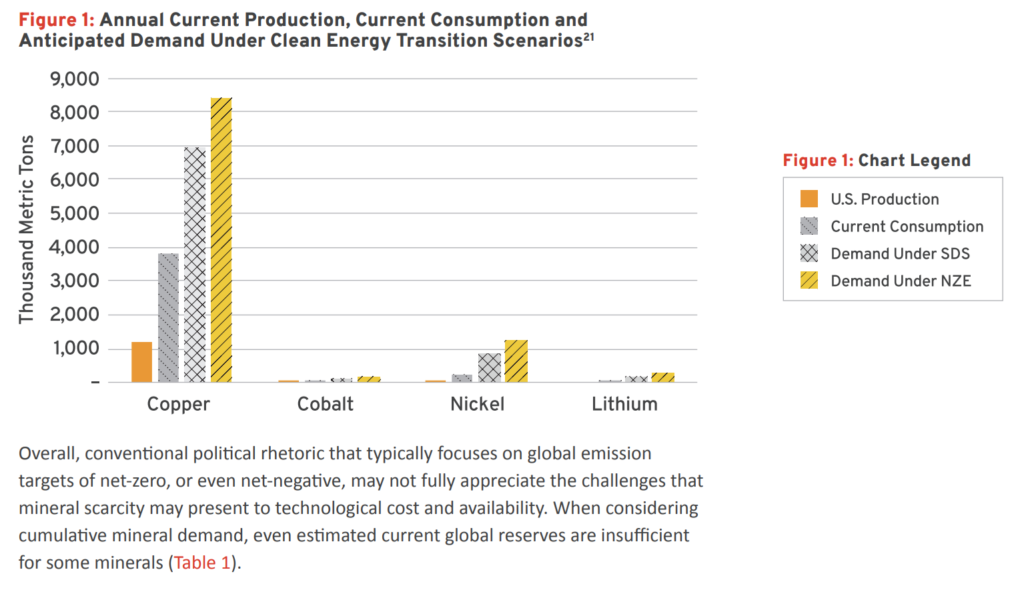The Reform To Expand Access To Healthcare In Rural Montana
Reforms to increase Montanans access to healthcare are a welcome development, let's hope lawmakers agree.
Did you know that at least 12 counties in Montana don’t have a primary care physician?
You read that right! For thousands of Montanans, just being able to get a routine prescription can be a battle. However, many of these same counties do have access to a local pharmacy.
That’s why we have championed SB 112, a bill to allow Montana pharmacists to prescribe minor medications to patients.
During a hearing last week on SB 112 before the Montana House Human Services Committee, Frontier President & CEO, Kendall Cotton explained how leveraging the expertise of pharmacists can help increase access to healthcare in rural Montana.
Our neighbor, Idaho, has seen great success with pharmacist prescribing since they adopted the reform in 2019. Like SB 112, Idaho’s reforms authorize pharmacists to safely prescribe medications for minor, non-emergency ailments that do not require a new diagnosis and can be identified with a low-risk test, such as the flu or strep throat.
Research on the Idaho reforms clearly demonstrates that increasing pharmacist prescribing authority has led to significant increase in access to time sensitive prescriptions like albuterol inhalers and insulin pens, helping prevent costly emergency room visits.
Reforms to increase Montanans access to healthcare are a welcome development, let’s hope lawmakers agree.
For Liberty,
Tanner Avery
The Latest
Do Short-Term Rentals Contribute to Montana’s Housing Crisis?
As lawmakers look to address Montana’s housing crisis, Short Term Rentals (STRs) have become a major focal point of discussion. With this in mind, we set out to provide a brief analysis of some of the most common claims about STRs in Montana.
Claim: STRs are displacing existing housing stock, worsening Montana’s severe housing shortage
Reality: Looking broadly at Montana’s statewide market, a report by the University of Montana found “no direct evidence” that STRs cause housing to be unaffordable and rents to skyrocket in Montana.
Claim: Homes are being bought up by out-of-state investment firms and converted into STRs
Reality: Available survey data indicates that most Montana STRs are owned and operated by individual homeowners, not by large investment firms.
As debates continue about STRs, policymakers should take a cautious approach that considers both the benefits STRs provide to Montana’s economy as well as the lack of data supporting claims that STRs negatively impact the state’s housing market in any significant way.
The Next Gold Rush
U.S. Critical Materials, a major mineral company, has staked a claim to a rare earth elements (REE) deposit in the Sheep Creek area about 38 miles south of Darby. The company believes it’s the highest-grade deposit in the US. REEs are necessary components of technologies ranging from cell phones, computers and electric vehicles to defense systems like the F-35. Currently, China controls about 90 percent of the REE production market.
Our Take: REEs are a vital component to any energy abundant future, whether that future relies on solar, wind or nuclear. But without reforms to the National Environmental Policy Act (NEPA), the discovery of RREs in Montana may be useless. Under NEPA requirements, the average Environmental Impact Statement (EIS), the most stringent category, takes between 3 to 5 years, over six hundred pages, and an average cost of $4.19 million. The less stringent Environmental Assessment (EA) averages 400 pages and takes around 2 years. Reforms to NEPA’s EIS and EA process will reduce barriers to projects critical to Montana’s economy.
Graphic of the Week
This chart shows the current U.S. mineral production compared to the required mineral production needed for the U.S. to achieve Net-Zero Emissions (NZE) by 2040 or meet the UN Sustainable Development Scenario (SDS). Click here to learn more about this chart.


